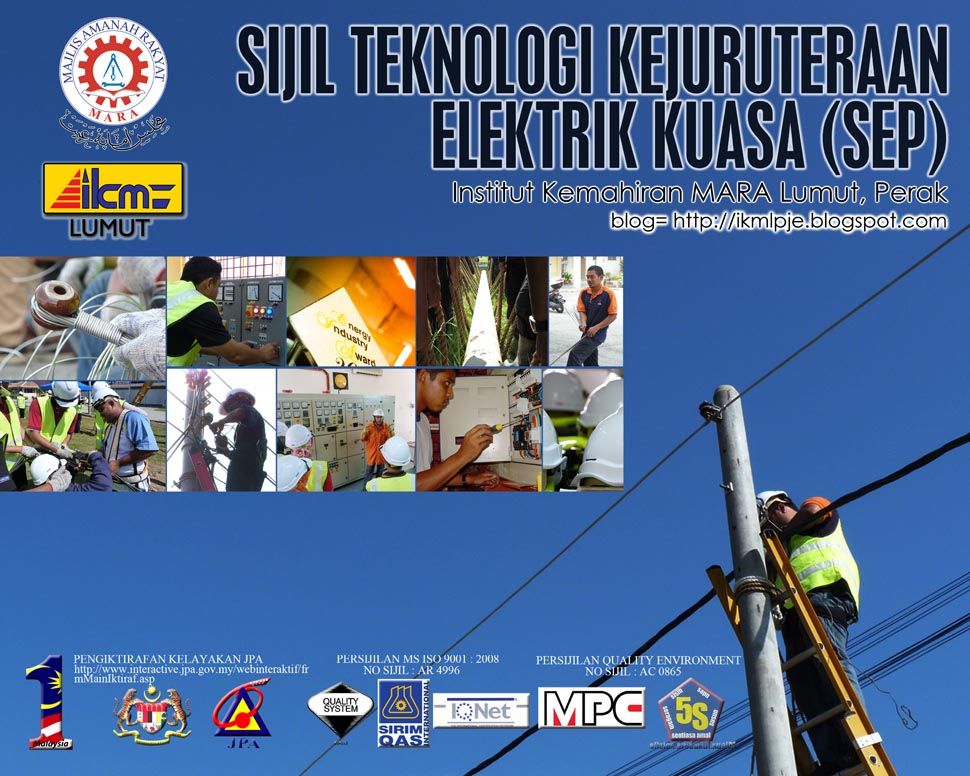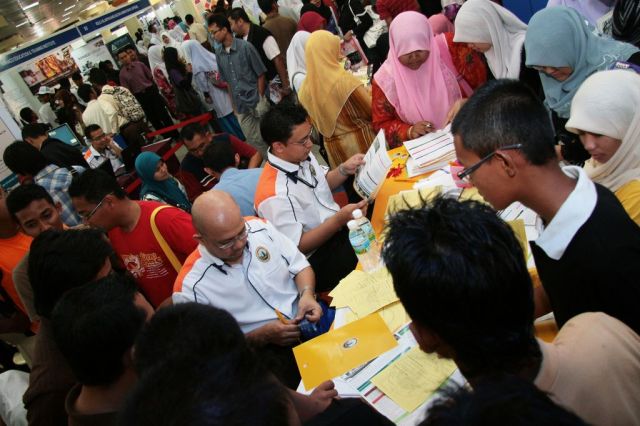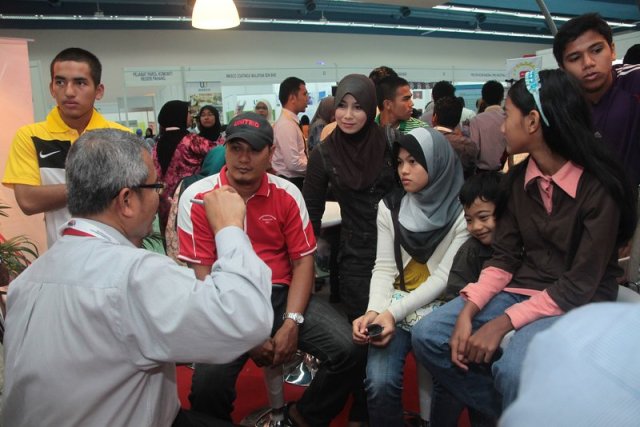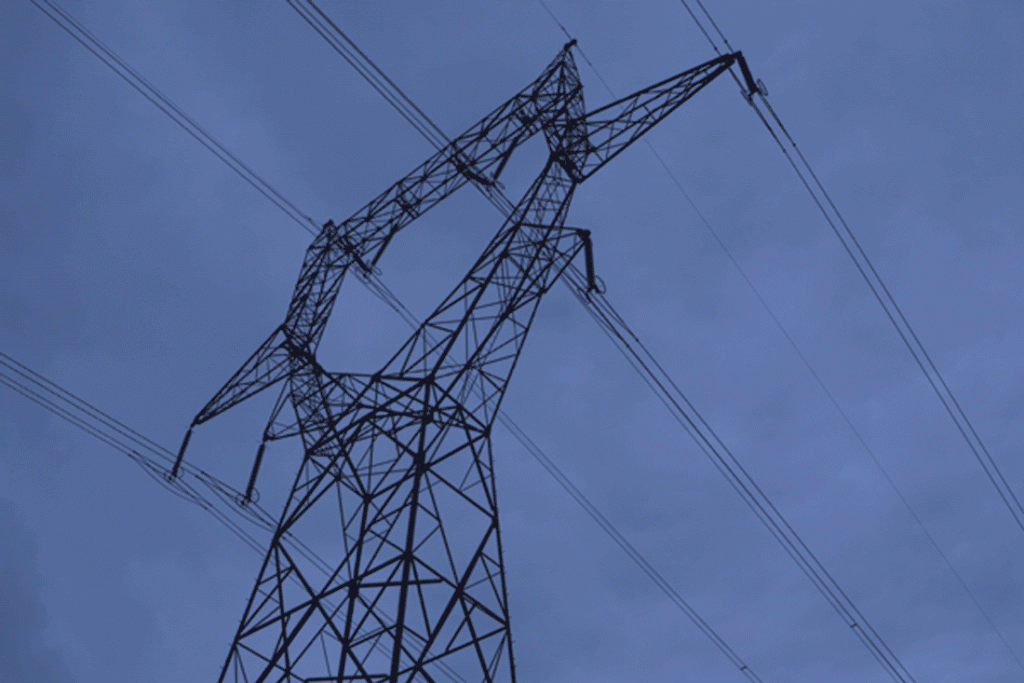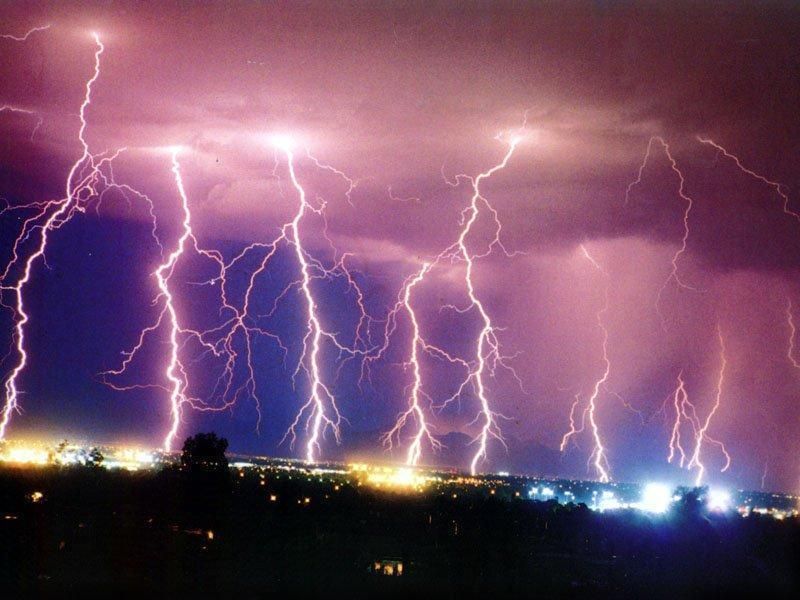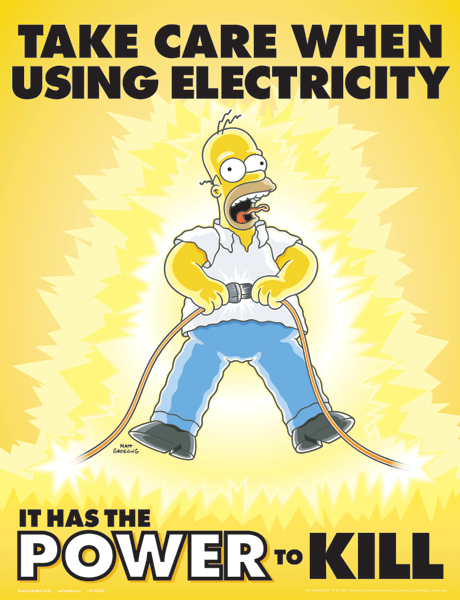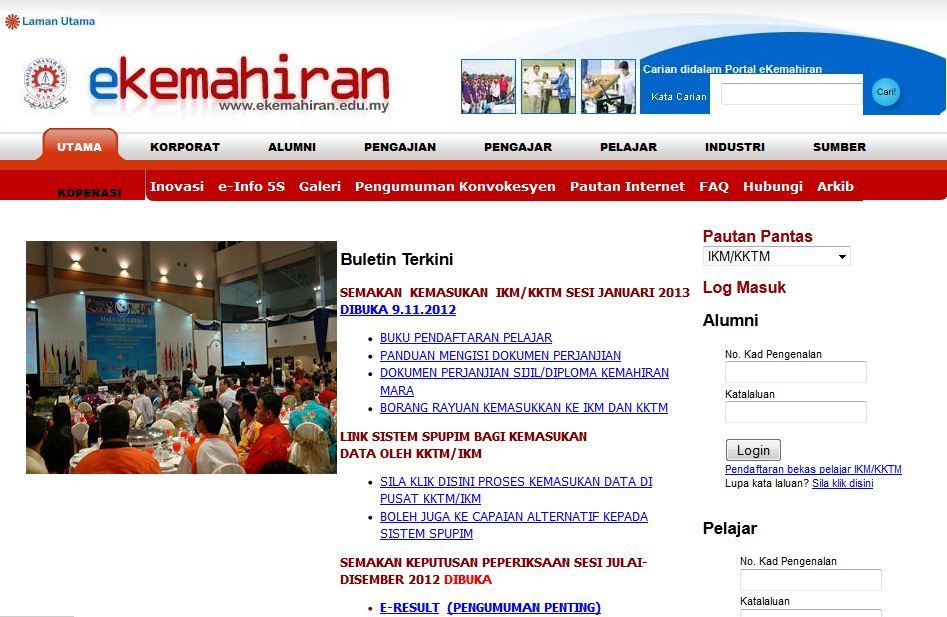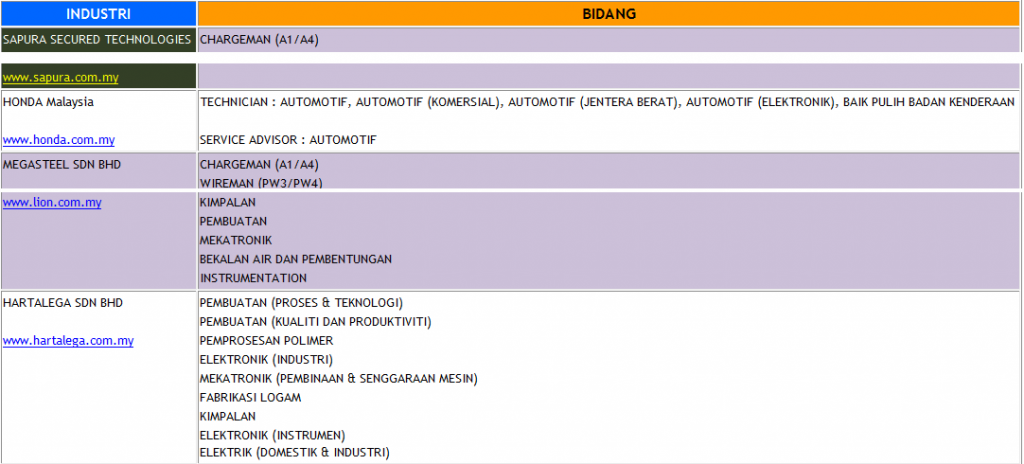MAJLIS Amanah Rakyat (MARA) meneruskan penganjuran Karnival Pendidikan
MARA (KPM) kali ke-14 pada tahun 2013 dalam usaha menyalurkan maklumat
berkenaan peluang-peluang pendidikan dan perancangan kerjaya.
Penganjuran KPM ini mampu memastikan golongan pelajar dan belia serta
graduan membuat pilihan bijak dalam menentukan hala tuju karier pada
masa hadapan.
Selain itu, KPM juga merupakan penghubung bagi memudahkan urusan
Institusi Pendidikan MARA (IPMa) dan IPTA/S untuk mendekati kumpulan
sasar dengan mempromosi kursus dan program pengajian sedia ada dan baru
yang ditawarkan di peringkat Sijil, Diploma, Ijazah Pertama, Profesional
serta Pasca Siswazah terutama dalam 12 Bidang Utama Negara (NKEA). MARA
juga menggerakkan tujuh (7) IPMa secara agresif untuk mempromosikan
lebih 300 kursus di pelbagai peringkat pengajian akademik serta
pendidikan teknikal dan latihan vokasional (TVET).
Dijangkakan sejumlah 400 buah institusi
pendidikan tinggi tempatan dan luar negara akan mengambil bahagian dalam
KPM 2013. KPM juga menjadi platform untuk MARA menyampaikan informasi
berkaitan kemudahan penajaan atau penganjuran pelajaran, penyemakan baki
pinjaman serta program-program terkini MARA melalui kaunter
perkhidmatan yang disediakan.
Lebih menarik lagi, KPM 2013, dengan
kerjasama JobsMalaysia, dilengkapkan dengan Pameran Kerjaya dan Temuduga
Terbuka di lima (5) buah lokasi iaitu di Kuala Lumpur, Pahang, Sarawak,
Kelantan dan Terengganu. Majikan yang mengambil bahagian juga akan
mengadakan sesi temu duga terbuka bagi pengambilan pekerja di samping
mengadakan beberapa siri seminar kerjaya meliputi tips atau panduan
mencari kerja, etika menghadiri temu duga dan soft skills yang
diperlukan untuk menghadapi
temu duga.
Lebih 200 ruang pameran bakal disertai
oleh majikan dan syarikat yang menawarkan peluang kerjaya dalam bidang
berkaitan dengan NKEA. Pengunjung yang berminat untuk
menghadiri temu duga terbuka dikehendaki membawa resume dan sijil-sijil
berkaitan. Dengan kehadiran pengunjung melebihi 200,000 pada setiap
tahun, Karnival Pendidikan MARA merupakan antara pameran pendidikan
terbesar di negara ini dengan fokus utama
membangunkan modal insan kelas pertama yang diperlukan negara.
Justeru itu, IPTA/S, majikan dan usahawan
terutama dalam perniagaan berkaitan pendidikan perlu merebut peluang
ini untuk menyertai jelajah KPM 2013 di 10 lokasi yang terpilih.
Dapat info dan LIKE Karnival Pendidikan MARA 2013 di FB >> http://www.facebook.com/KarnivalPendidikanMARA
Sila Download >>
